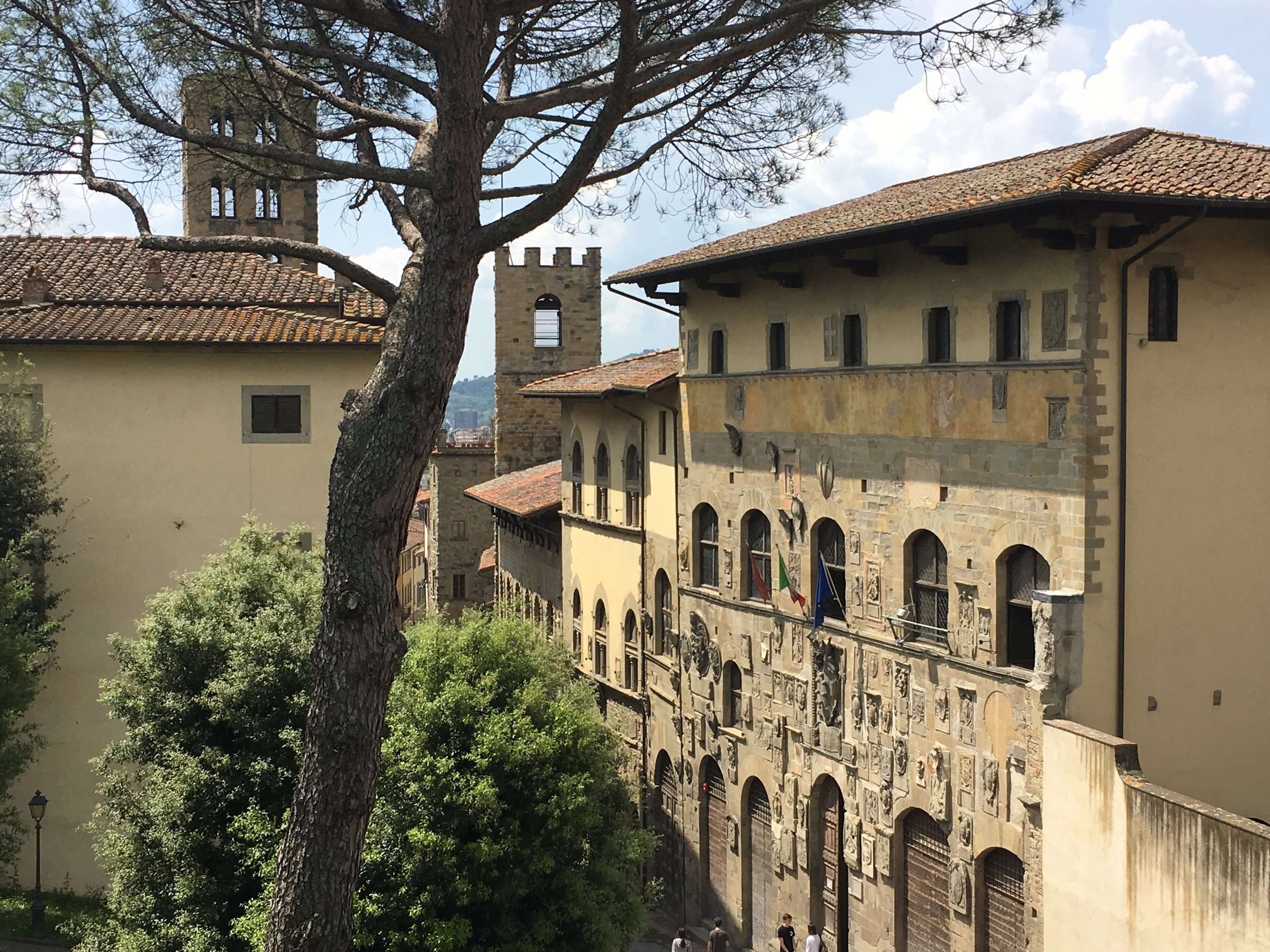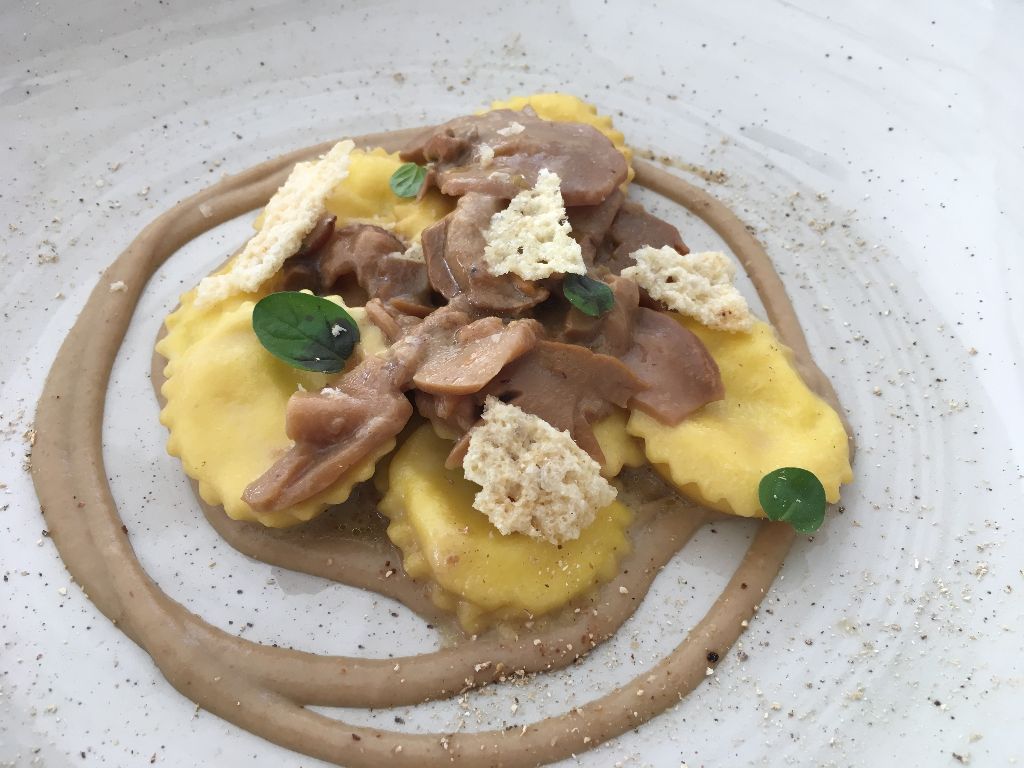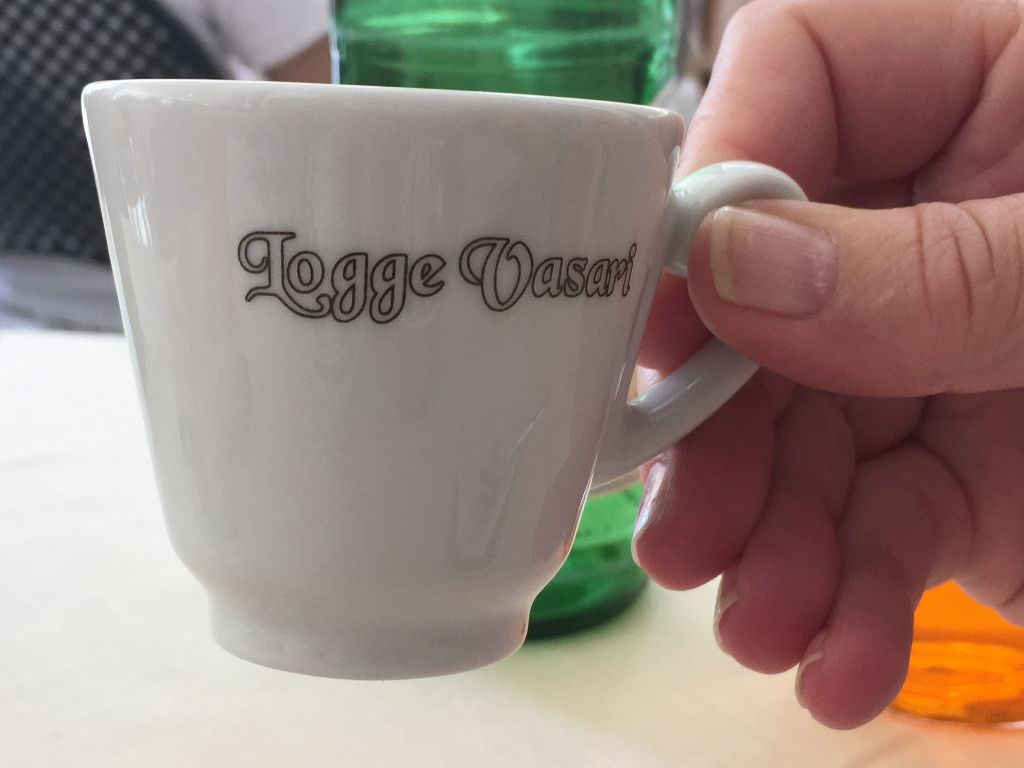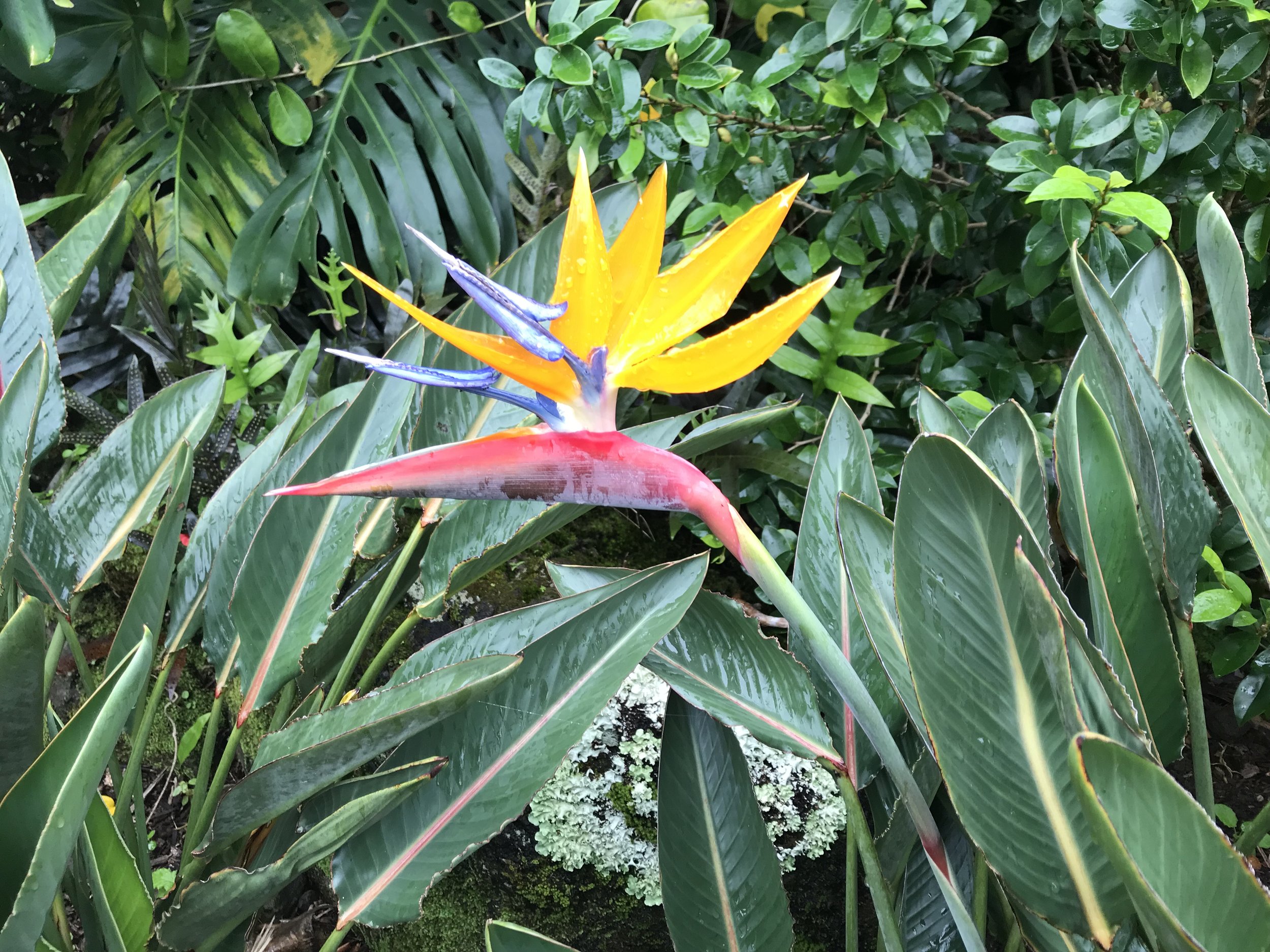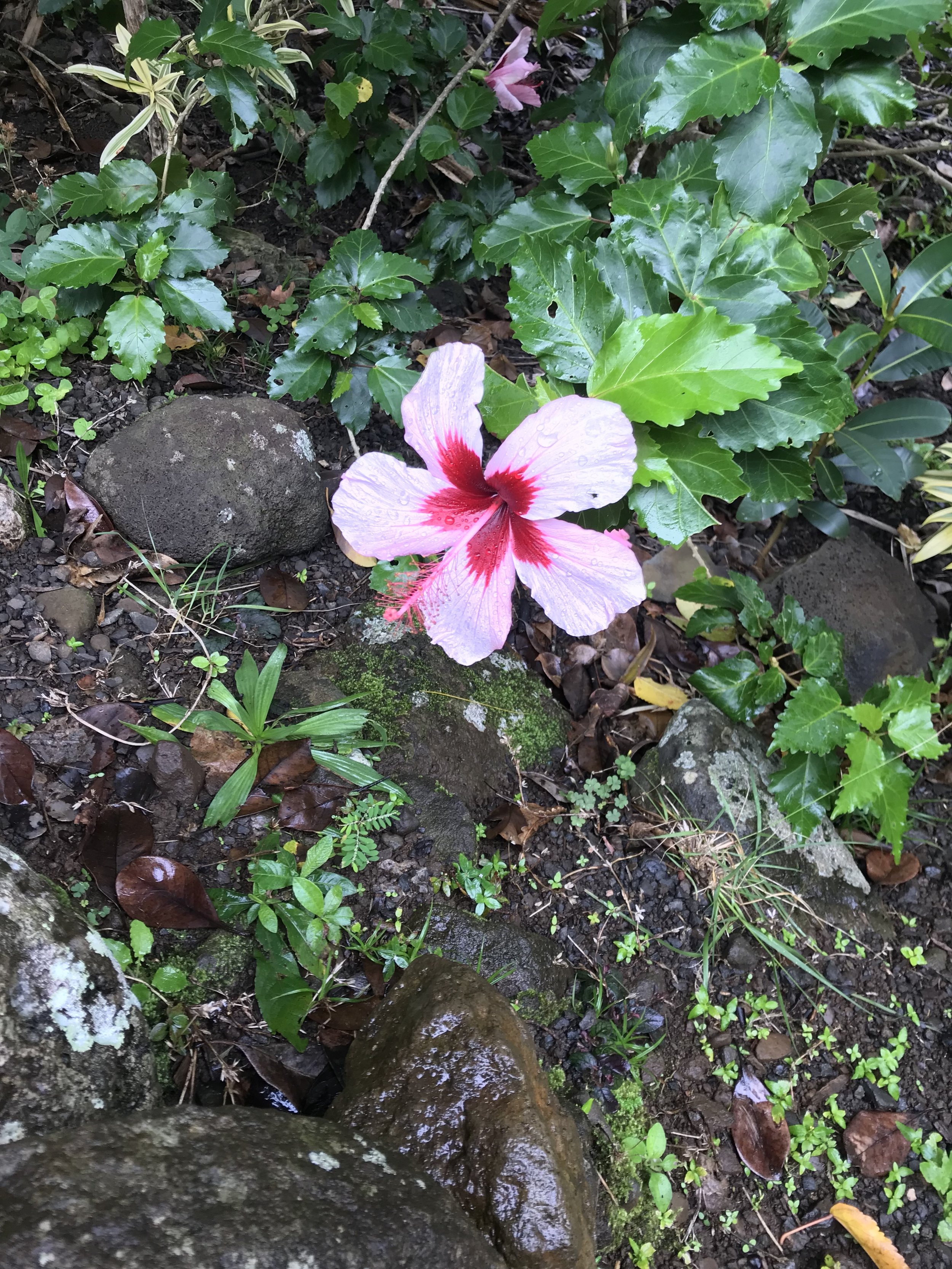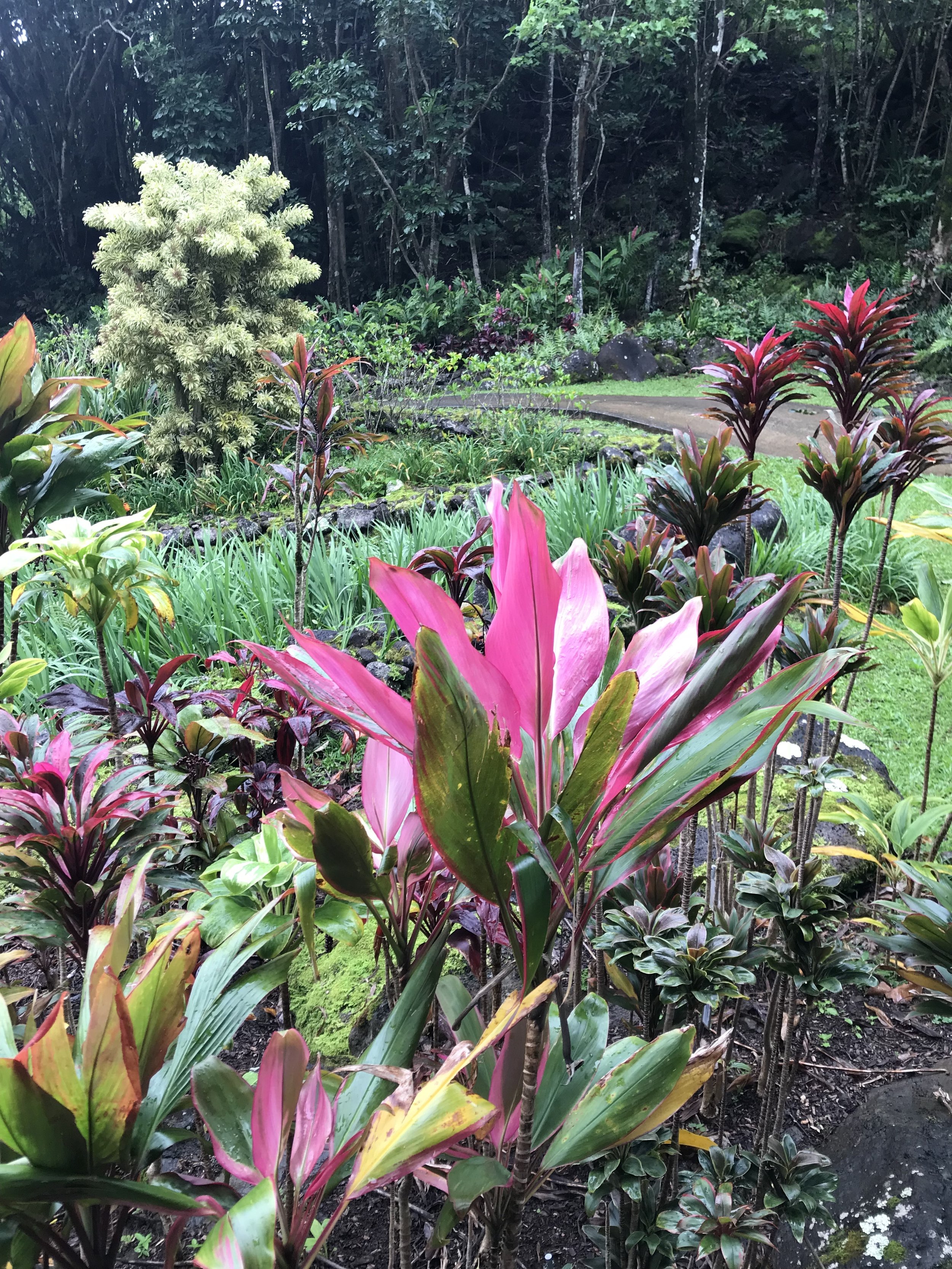A Lunch in Arezzo
If you’ve read this blog for a while you likely know that there are two authors - Judy (the tall blonde one) and Joanne (me, the short brunette one). We have a lot in common, especially our love of travel in general and Italy in particular. But we also have differences, including very different travel schedules. As an example, Judy tends to take more frequent, shorter trips while I go for fewer but longer trips. This means that we don't often get to travel together, but we do try to find a way to meet up in Italy every year, which is always fun.
In spring of this year we had overlapping trips to Italy and were able to spend a week in Lucca at the same time. During this time, Judy proposed renting a car and taking a day trip. Here is another of our differences - I never drive in Italy while Judy, well …. Judy was born to drive on Italian roads. Her skill is impressive; she can drive a standard transmission at Italian speeds and hold her own with all those Italian lane changes. I'm in awe! I like to read maps and navigate so we make a good team.
One morning in early May we rented a car (tip: do not forget your passport when you go the car rental agency) and set off for the town of Arezzo, about an hour and 40 minutes southeast of Lucca. Because this day trip was fairly spontaneous, we’d done only minimal research about Arezzo and hadn’t researched restaurants at all, even though lunch was definitely in our plans. In fact, we were essentially driving to Arezzo for a long lunch and a “get to you know” look around town.
Sometimes you get lucky despite a lack of planning and that’s what happened in Arezzo. As we walked toward the historic center we came down some stairs and straight into a loggia built in 1572 by Vasari (the same architect who built the Vasari Corridor and the loggia of the Palazzo degli Uffizi in Florence).
It turns out that Vasari was a hometown boy, born in Arezzo in 1511, and he graced the city of his birth with some of his stunning architecture. Lucky for us!
Because we'd left Lucca a little later than planned (remember what I said about not forgetting your passport when you rent a car), we arrived hungry and ready for lunch. I was immediately seduced by the beautiful loggia as well as by the sight of a woman standing under it making homemade pasta. She worked on a marble surface, rolling the dough by hand, topping it with generous dabs of ricotta and borragine (borage). She then folded the pasta dough, sealed the edges, and cut it by hand into half-moon shapes (called agnolotti). The filled agnolotti were perfectly symmetric (a pasta-making skill that escapes me). On top of all this, there was a delicious scent coming from the restaurant. We went no further, settling into a table at the beautiful Logge Vasari Restaurant.
The tables were nestled beneath the arched ceiling and graceful columns of the long loggia. The soft murmur of Italian surrounded us, and music played in the distance. Our table faced outward toward Piazza Grande, the central square of Arezzo, ringed with interesting buildings and without the crowds of visitors found in more "touristy" cities. The setting was perfect for a leisurely lunch.
The restaurant Logge Vasari, Arezzo
And the food did not disappoint. A basket of warm, house-made breads with imported French Insigny butter (how can butter taste this good?) began the meal, quickly followed by an appetizer (a gift from the chef) of spinach timbale.
Spinach timbale
As a starter, we shared a plate of melon with prosciutto and mozzarella. The sweet melon was a perfect partner for the salty prosciutto and the creamy cheese. The presentation was artful!
Almost (but not quite) too pretty to eat.
My main course - those ricotta and borage agnolotti topped with a light truffle butter and zucchini flowers - was delicate, fragrant, and delicious. Judy's dish of Parmesan ravioli with porcini was equally wonderful.
A post-meal caffe macchiato arrived with a plate of small cookies. Perfetto! post by JMB
